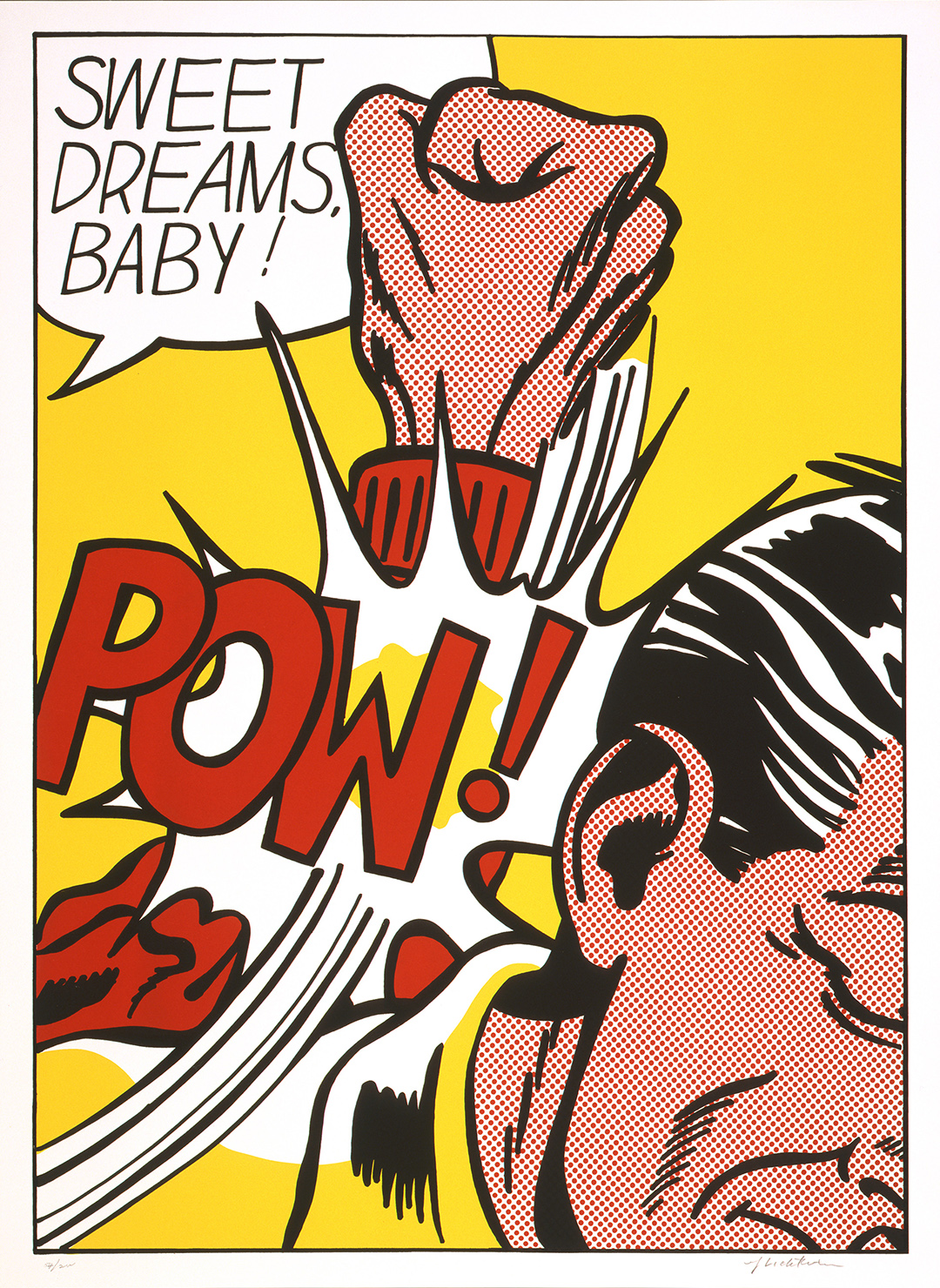pop power from warhol to koons: masterworks from the collections of jordan d. schnitzer and his family foundation
Montana Gallery
POP Power focuses on leaders from both Pop (Warhol, Lichtenstein, and Rosenquist) and Neo-Pop (Koons, Hirst, and the Japanese master of the Superflat style, Murakami), presenting several works by these artists from different moments in their careers and thus allowing a glimpse at their individual evolution.
The exhibition features other artists as well who are either less well known or might hold looser associations with the Pop and Neo-Pop realms. For instance, Robert Indiana’s single work in the exhibition, the monumental LOVE tapestry, represents one of the most iconic compositions in the history of Pop art, yet Indiana himself held reservations about being labeled as a Pop artist. In the contemporary realm, Donald Sultan’s brand of Neo-Pop comprises individual technical expression that sometimes moves his art toward a subtle Neo-Expressionist feel.
Keith Haring, who helped popularize graffiti art through his exuberant visual language, represents a singular transitional figure; though he is generationally situated with the Neo-Pop artists, he met and was mentored by a still active Warhol in the 1980s, before dying at the young age of thirty-one from AIDS. Finally, we should note the two sole female artists in the exhibition, Niki de Saint Phalle and Coosje van Bruggen. Van Bruggen created many collaborations with her husband, Oldenburg, one of which is included in the show (the sculpture Profiterole). POP Power includes a lithograph by Saint Phalle from the Schnitzer Family Foundation, which has been supplemented in the introductory space of the exhibition by three of the artist’s inflatables in the collection of the Taubman Museum of Art. Notably, the relatively small number of works by women underlines how cultural norms caused Pop (as well as most twentieth-century artistic movements, and then Neo-Pop, too) to be dominated by male artists and critics.
Combining the work of these different generations in one exhibition fosters a greater appreciation of the strategies, techniques, and approaches common to both, as well as the sometimes subtle differences between them. For example, Lichtenstein’s hallmark Pop style derived from comic strips holds analogies both with Julian Opie’s characteristic simplifications produced by computer-software manipulation of photographs, and with Murakami’s Superflat aesthetic associated with Japanese manga and anime. More specifically, a work like Warhol’s ghostly screenprint of Marilyn Monroe in reversed black-and-white, created about 1978, takes on enhanced meaning next to Hirst’s photogravure etching of a bejeweled skull from thirty years later, Memento: Victory over Death.
exhibition sponsors
Jordan Schnitzer Family Foundation
Laurence & Ruth Martin Family
Gareld Krieg
First Interstate BancSystem Foundation, Inc.
First Interstate Bank















